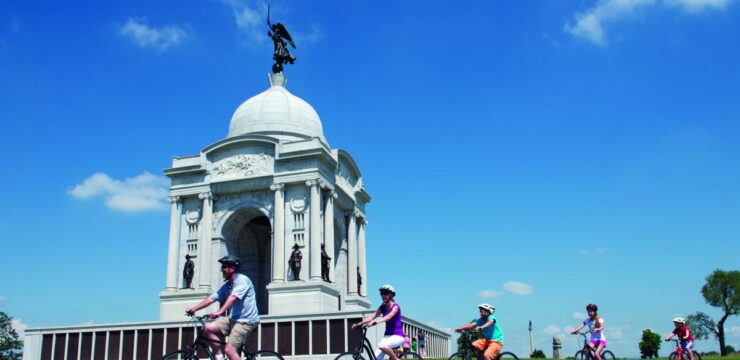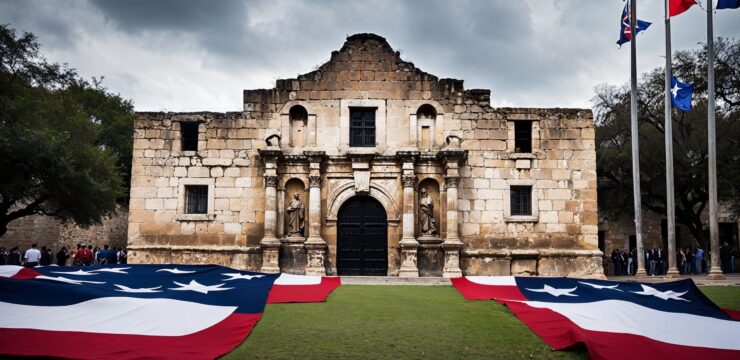New York City has always been a global leader in architectural innovation,
and 2025 is no exception. The city’s skyline continues to evolve at an unprecedented pace,
with cutting-edge skyscrapers redefining urban living,
sustainability, and commercial space.
A New Era of Super-Tall Buildings
In the wake of growing demand for both residential and office space, developers have pushed the boundaries of engineering and design. Several notable projects completed in 2025 have contributed to the transformation of Manhattan and surrounding boroughs.
Among the most talked-about structures is The Apex Tower, a 1,600-foot mixed-use skyscraper in Midtown that boasts advanced smart-building technologies, energy-efficient designs, and panoramic views of the city. Meanwhile, Brooklyn has welcomed Skyline East, the borough’s tallest residential tower, featuring green terraces and state-of-the-art luxury living spaces.
Sustainability at the Forefront
Environmental concerns have driven architects and developers to prioritize sustainability in new skyscrapers. Many of the 2025 high-rises integrate solar panel facades, wind turbines, and rainwater collection systems. Additionally, smart glass technology is becoming a standard feature, reducing energy consumption by automatically adjusting to sunlight.
The Green Spire, a recently completed skyscraper in Lower Manhattan, exemplifies this shift. It incorporates vertical gardens, carbon-neutral building materials, and an innovative air purification system that significantly improves urban air quality.
The Role of AI and Smart Technology
Artificial intelligence and automation have revolutionized the functionality of skyscrapers. Many of NYC’s new high-rises are equipped with AI-driven security systems, climate control, and automated maintenance solutions. Tenants can control their living and working environments through smart apps that monitor everything from temperature settings to elevator wait times.
The Impact on Real Estate and Urban Planning
The rapid rise of these skyscrapers has had a significant effect on the real estate market. High-end residential units in these towers are in high demand, with prices soaring due to their advanced amenities and prime locations. On the commercial side, tech giants and global corporations are securing office space in these innovative buildings, further solidifying NYC as a business powerhouse.
Urban planners face the challenge of accommodating increased population density while maintaining livability. As a result, there is a push for enhanced public transportation, pedestrian-friendly spaces, and green zones to balance the city’s vertical expansion.
Looking Ahead
With advancements in technology and design, the future of NYC’s skyline looks more ambitious than ever. As we move further into the decade, we can expect even more groundbreaking projects that will continue to shape the city’s architectural landscape. From sustainability-focused skyscrapers to AI-driven smart buildings, New York City remains at the forefront of the urban development revolution.
The skyline of NYC in 2025 is not just about height—it’s about innovation, sustainability, and the future of urban living.

